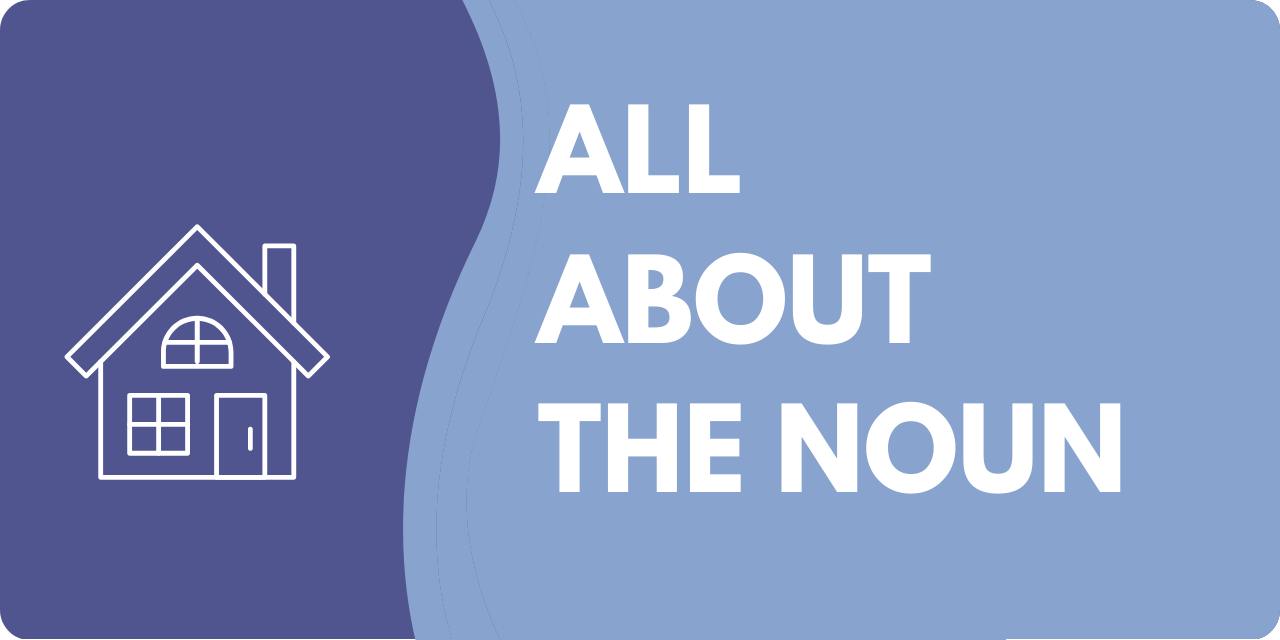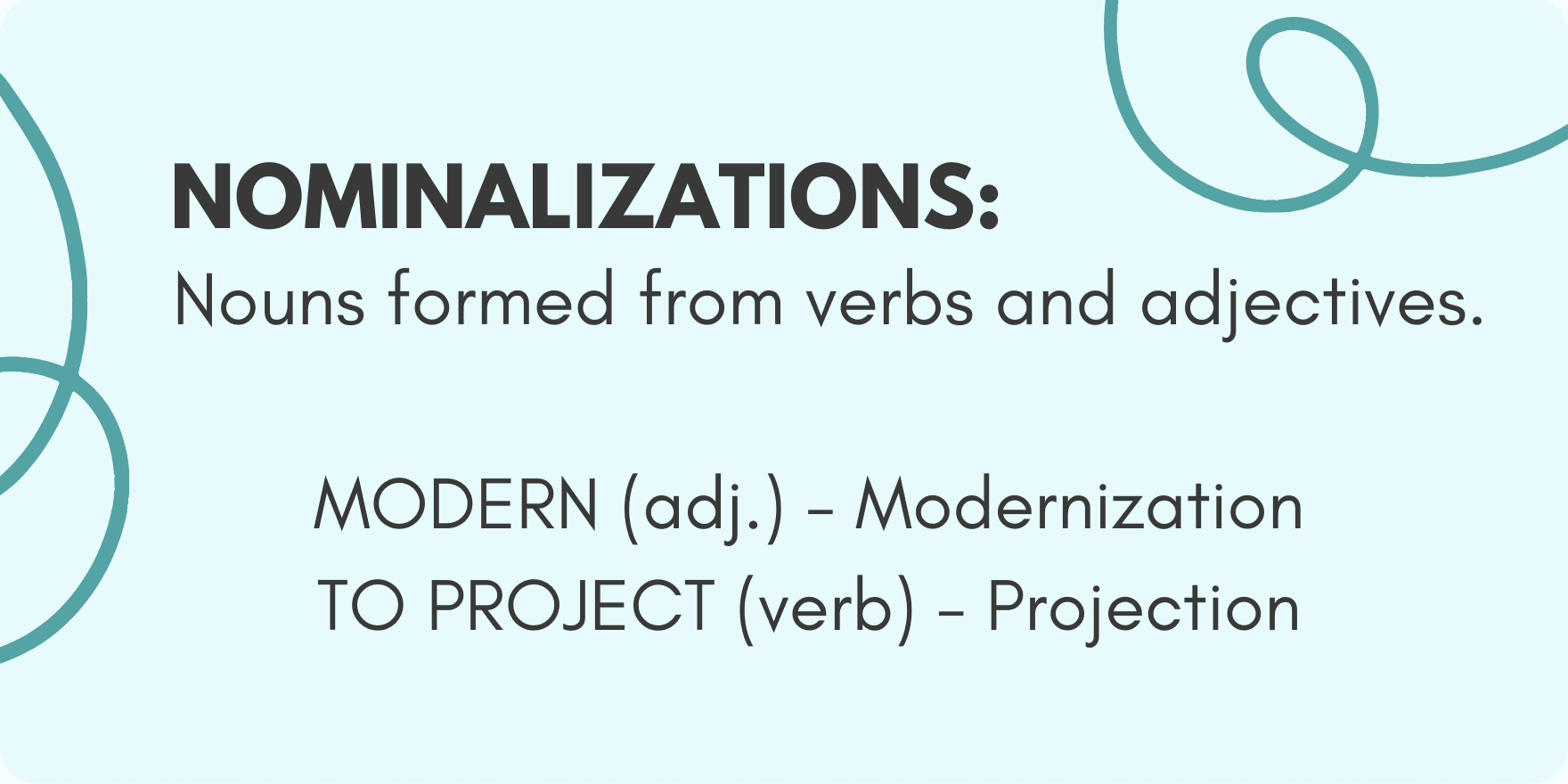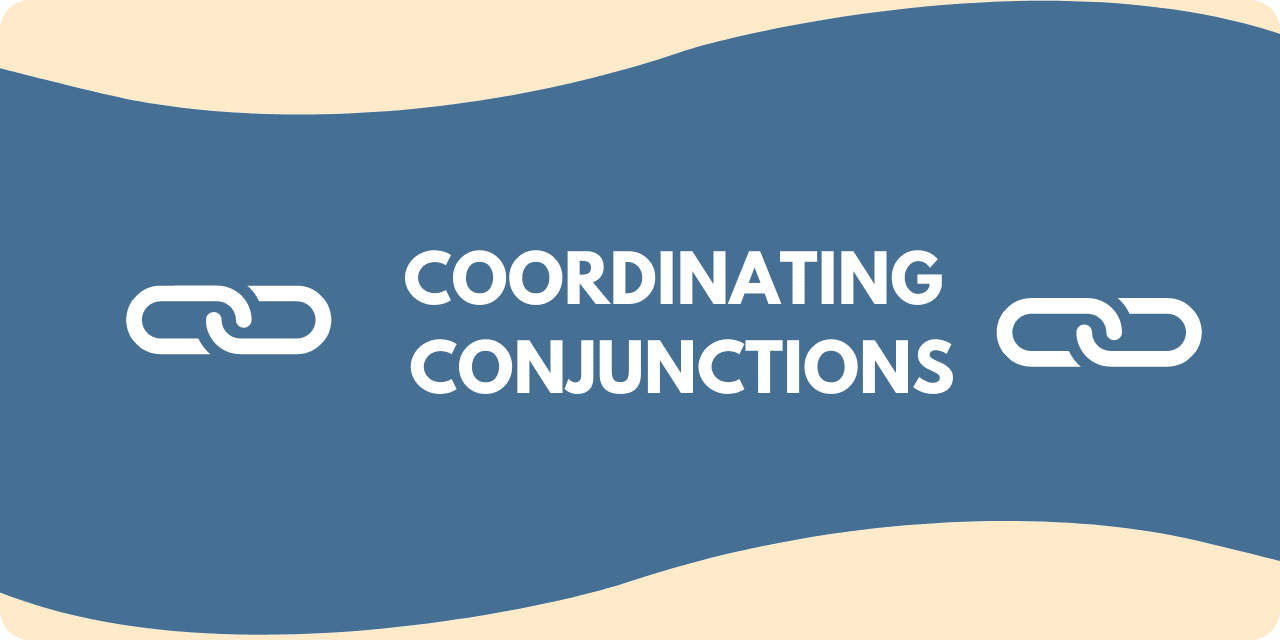Have you ever considered the difference between laying vs. lying? You lie down however, you lay something down. Lie doesn’t require a direct object but Lay does. The same rule applies to lying and laying (not lieing—be careful of the spelling). The past tense of lay is laid, so you should be careful with the past tense of lie—you have two options. We’ll delve into them later.
When to Use Lay
To lay is to set (or place) something in the resting position. Here are some examples of lay in a sentence.
Example I don’t like to lay my bag on the floor.
Example The cats always lay their toys next to their food bowls.
When to Use Lie
A lie is a falsehood but it’s the verb form of lie, however, that people find difficult to distinguish from lay. The verb lie means to tell an untruth.
Here is an example of lie in a sentence:
Example Sometimes kids will lie to get out of trouble.
If telling an untruth was the only meaning of lie, using these two words properly would be less challenging. However, lie could also mean to recline or rest in a flat position. Note this example:
Example The lazy cat likes to lie in the grass.
Remembering the Difference between Lay and Lie
(pLAce) and (recLIne)
Intended to assist the memory, this mnemonic will help you remember that the word lay, that starts with the letters L-A, has a long A sound just like its definition: to place. On the other hand, the word lie, starting with the letters L-I, has a long I sound just like its definition: to recline.
How Do I Use Lay vs. Lie?
Knowing what the words mean doesn’t necessarily mean you know how to use lay and lie. Here are some rules to help you. In the present tense, you usually use a direct object with lay. However, lie can’t take a direct object. Look back at the examples to see these rules in play.
There’s one more thing you need to know. When you’re talking about reclining, the past tense of lie is lay! Here is an example.
Example Yesterday, he lay down to sleep at eleven o’clock. Tonight, he won’t lie down until after midnight.
Laying vs Lying
Look out for spelling! The present participle of lie isn’t lieing. The I becomes a Y: lying. Here is another mnemonic to help you tell laying and lying apart:
“When you tell an untruth it is a lie, not a lay; and if you are in the middle of telling an untruth you are lying, not laying.”
Example The delivery man took pleasure in gingerly laying every newspaper on the steps.
Example I always know when my friend is lying because she bites her lip.
Example I spend cloudy days lying in my bed.
Example Please don’t leave dirty dishes lying around your room.
The past tense of lie (like, to tell an untruth) is lied. The past tense of lay is laid and the past tense of lie is lay, which is a perfect storm for confusion! To remember that laid (as opposed to lain) is the past tense of lay, memorize this phrase:
Use a D when there’s a direct object. Because you need a direct object with only lay, you’ll know that the past tense will be laid.
Present Past Past Participle
lie lay lain
lay laid laid
Examples
“I’d like to lie next to him in the dark and watch him breathe, watch him sleep, and wonder what he’s dreaming about but not get an inferiority complex if his dreams are not about me.” – Nick & Norah’s Infinite Playlist
“Man is the only creature that will consume without producing. He doesn’t give milk, he doesn’t lay eggs, he’s too weak to pull the plow, he cannot run fast enough to catch rabbits.” – Animal Farm (George Orwell)
Related: We have a whole section on similar words that can help you become of master of subtleties!
Quiz
Now go test your newfound knowledge with this quick quiz







